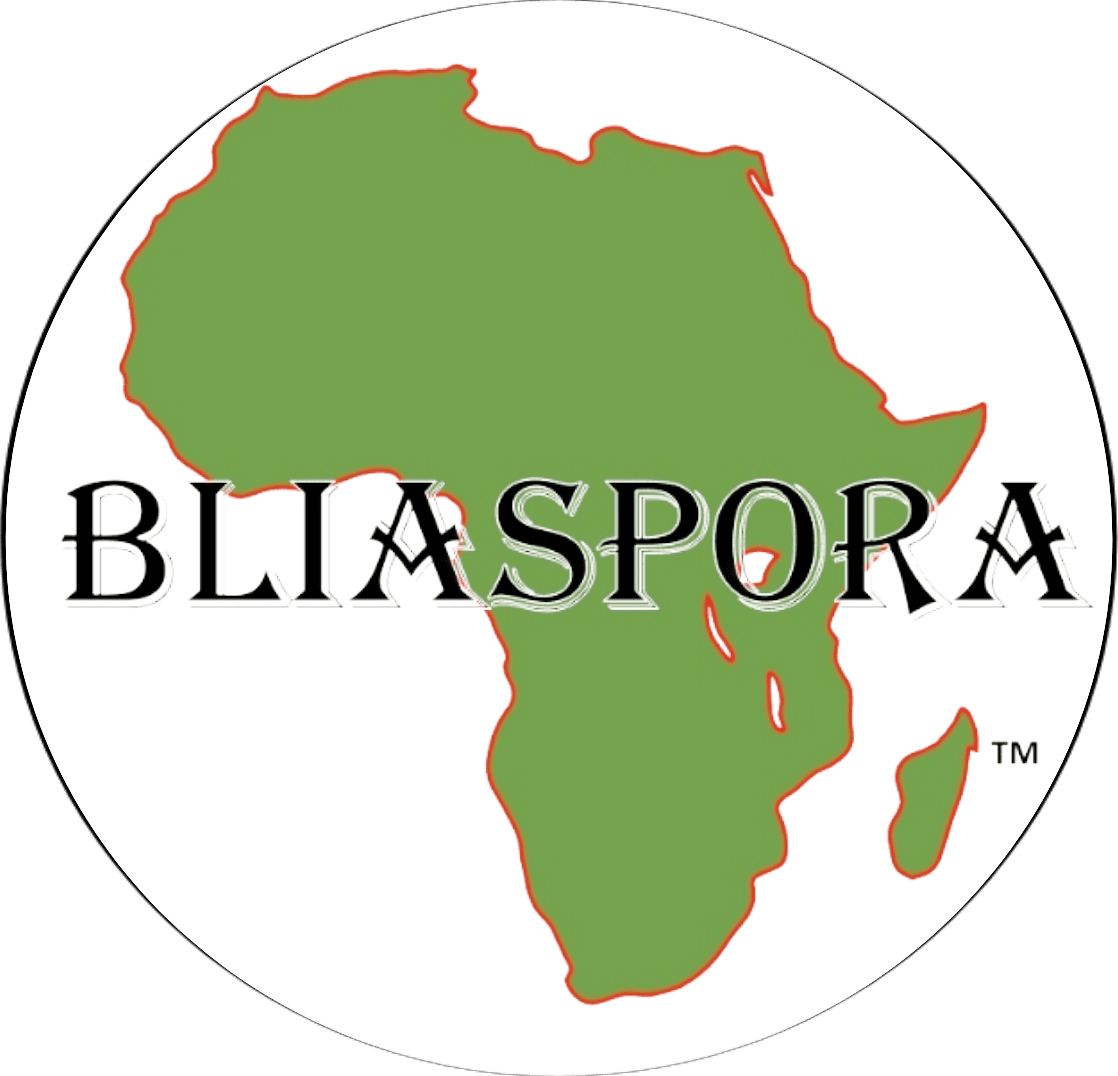During the transatlantic slave trade most, slaves went to the Caribbean and South America. The term Hispanic did not become until the 1970s to account for number of people from Spanish speaking nations in the United States. The term Latino did not appear until the 1990 census. Latino is not a race it is an ethnic group that shares a similar culture and language, separate from race. Race is a group of people who share the same or similar physical traits. All the countries to south of the United States that includes all Central and South America are former Spanish colonies except for Belize, Brazil, Guyana, Suriname, and French Guiana. Factoring Cuba, Puerto Rico, and the Dominican Republic in the Caribbean that is a large amount of Spanish speaking immigrants who came to the United States so Hispanic/Latino was added to U.S. Census Bureau.

The Spanish Caste System depicted above, vary slightly and in some cases have a tremendous number of groupings. The common denominator is that European ancestry was on top, Native Americans (indigenous) in the middle, while blacks is at the bottom. The system was to create insight in Spanish Colonies racial mixture and create a hierarchy wealth, social status, and legal rights.
The one-drop rule is when a person has a traceable amount of African Ancestry. In the United States this created white supremacy or hierarchy status where blacks were at the bottom. It’s blatant racism, blacks were “inferior” so any trace amount of that made you tainted. The United States is the only country to adopt this rule. Although never federally recognized it promoted white supremacy and it was used in the Jim Crow south, fortunately this practice was not recognized in the Spanish speaking countries. It is common for these countries to negate race and focus on national identity, the way these countries handled post slavery is like night and day compared to the United States.

The a number of the Central and South American countries practiced miscegenation or mestizaje , the complete opposite of the segregated United States. These nations encouraged interracial relationships to whiten the society (blanqueamiento) and to dilute the African influence in these countries.
Under whitening, elites held concerns that their countries’ large black, indigenous, and mixed-race populations would impede national development; in response, several countries encouraged European immigration and further race mixture to whiten the population (Skidmore 1974; Stepan 1991). However, as science increasingly discredited white supremacy, other elites began to develop ideas about mestizaje that would put a positive spin on mixture as the essence of Latin American nationhood (Stepan 1991; Telles 2004). In contrast to formally racist countries like the United States, these new ideologies were promoted as a moral high road for Latin America, even though elements of whitening often remained (Andrews 2004; Telles 2004; Wade 1993).
Garcia, E. T. (2013). MESTIZAJE AND PUBLIC OPINION. Latin American Research Review, Vol. 48, No. 3., 132.
For these countries to negate race it prevented blacks from assembling and forming their own distinct identity. Since race did not exist but national identity was the plan, colorism came to play. The dark skin people, blacks and mixed race, were systematically discriminated against where they were not getting the better paying jobs, no representation in media or politics, and racist images similar in the United States were on display.

Pinguin is a racist cartoon character from Mexico, in 2005 this character made national headlines when the Mexican government decided to place Memin Pinguin on a stamp. Blackface characters can still be seen today in Latin American plays and shows today, and it seems to be the norm. Despite the 130 million blacks living in Latin American they get little or no representation in media despite the contributions black contributed to the culture. Majority of the music genres in Latin America have been created by people of African Descent and they don’t receive the recognition they deserve, today this lack of representation and “whitening” culture can lead to self-hatred. On-line you can see plenty of people revealing their results from both Ancestry DNA and 23 and Me and it is disturbing to see a percentage of Afro-Latino not wanting to embrace their African ancestry, however, this self-hatred is not only towards Afro-Latinos. In other parts of the globe including Africa the bleaching of skin is an issue where lighter or “whiter” is more accepted. In 2015 Mexico finally decided to add people of African Descent for their preliminary census numbers something that Afro-Mexicans have been fighting for. With this additional of this on the census, the hope that this practice will spread throughout Central and South America including the Caribbean so Afro-Latino’s can finally receive the representation and recognition they so much deserve.
